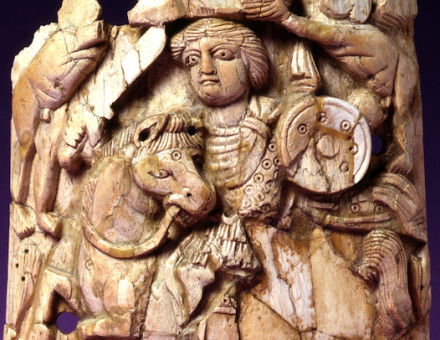The End of the Natchez Indians
Samuel Stanley describes how a tribe resembling the Aztecs of Mexico flourished on the banks of the lower Mississippi until they encountered the French.
In their brief appearance on the pages of history the Natchez Indians presented a picture as colourful as it was unique. Once pre-eminent among tribes of the bayou area, both in size and cultural stature, they vanished almost overnight in conflict with French settlers. Only the writings of early observers, along with sketches by contemporary artists, preserve their legend.
Perhaps their first encounter with whites came in 1682, when the explorer La Salle visited them on his voyage up the Mississippi. If all their contacts had been as friendly, there might be Natchez living today. La Salle smoked a peace pipe, spent a night with his hosts and, after handing out gifts, went his way. Twelve years later another French explorer, Iberville, made a brief visit on equally pleasant terms, and various English traders began dealing with them without stirring up trouble.





